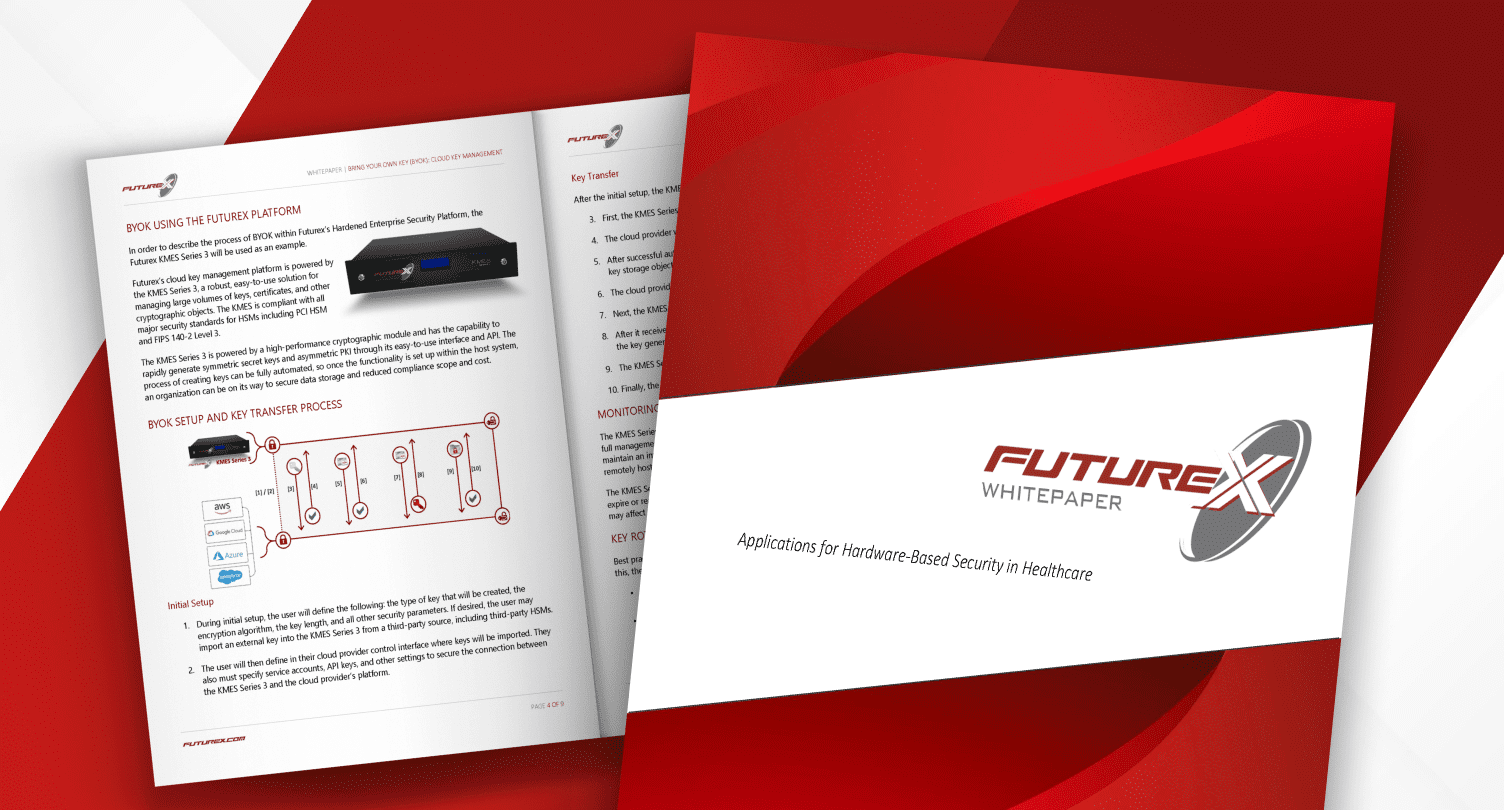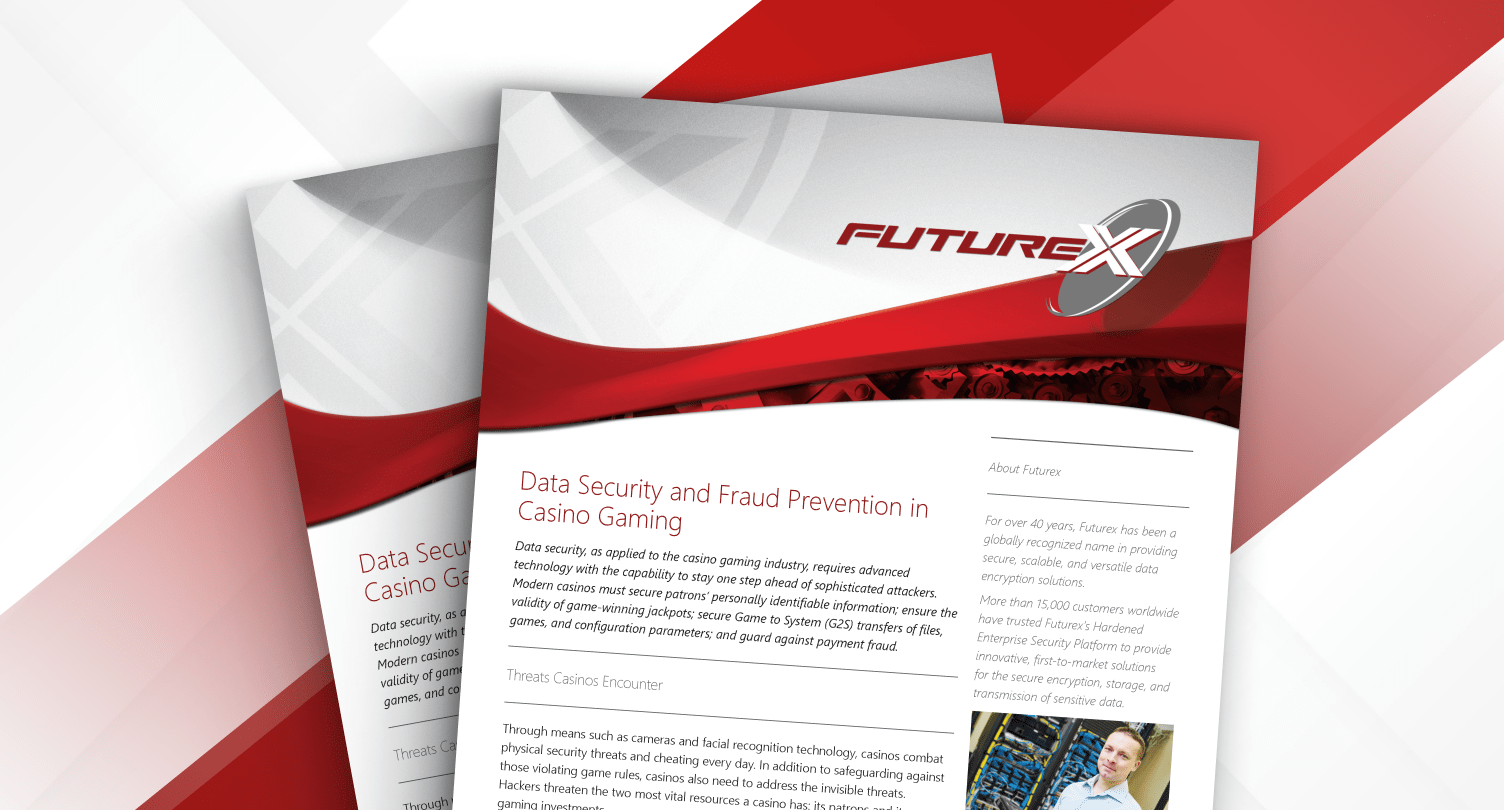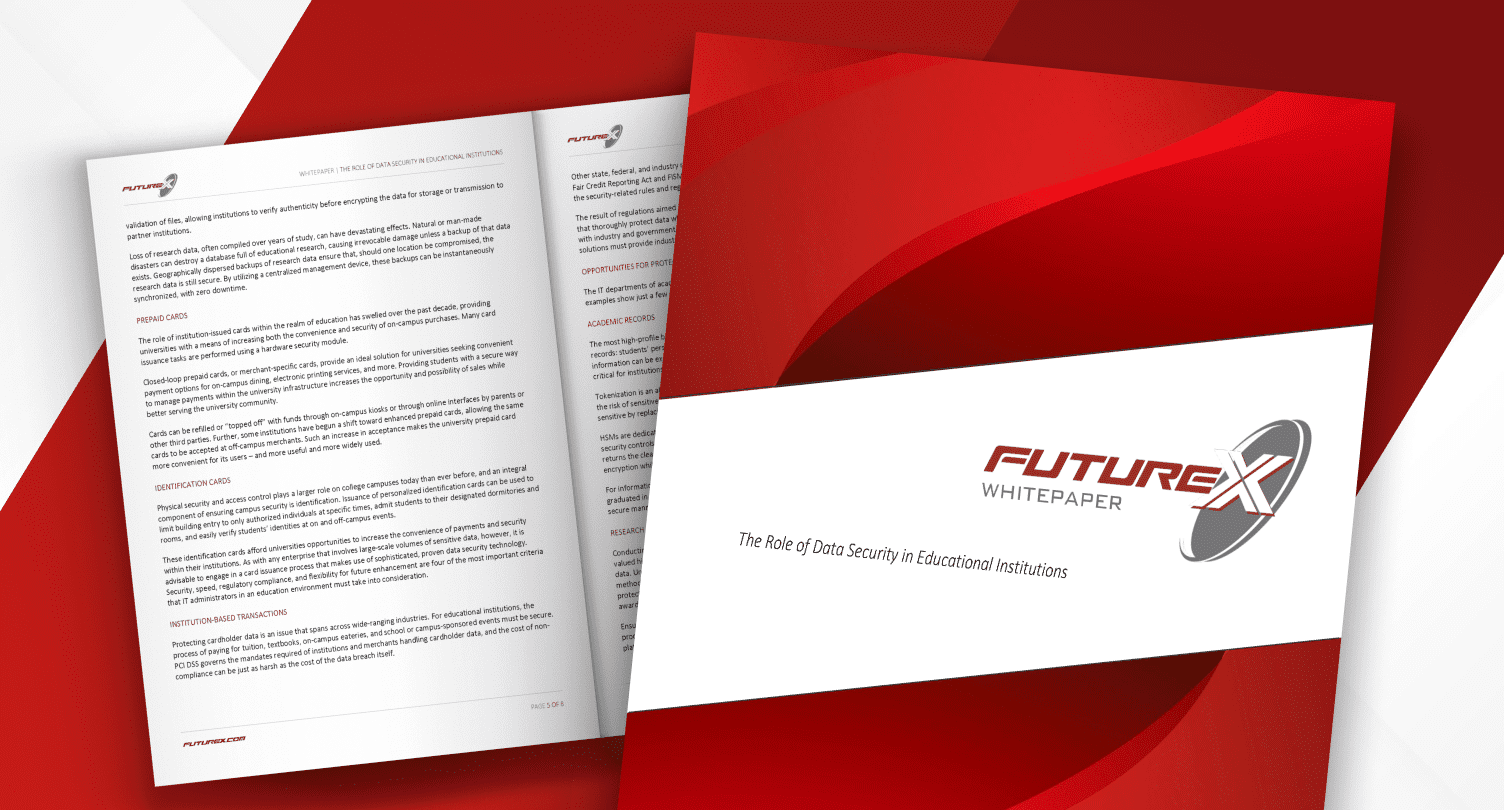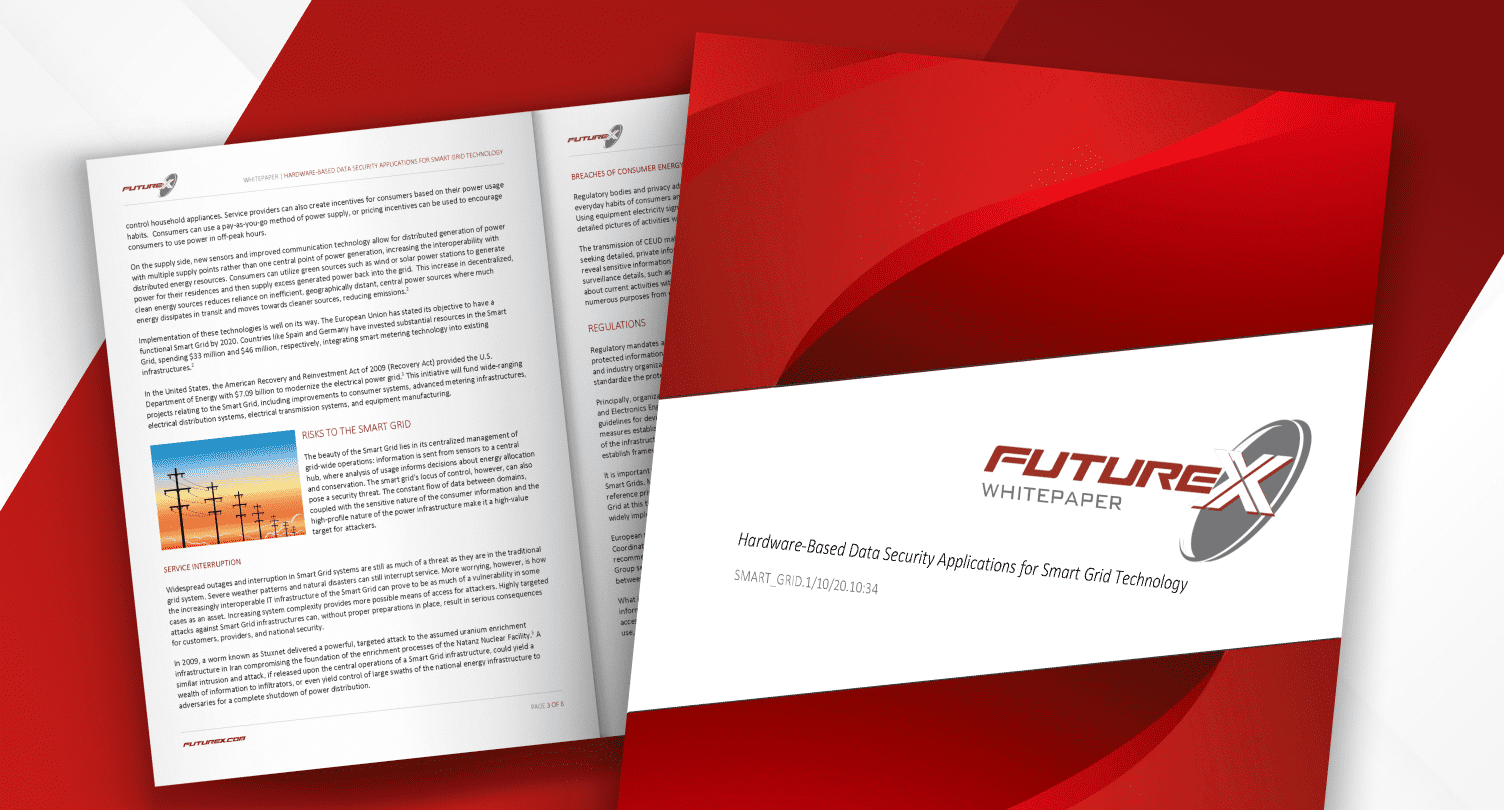Internet of Things (IoT)
- Public key infrastructure (PKI)
- Offline root certificate authority (CA)
- Issuing CA
- Code signing
- IoT signing
- Digital object signing with unlimited scalability
Secure solutions for any industry across your digital world

Our versatile cryptographic encryption solutions seamlessly integrate into any industry, providing robust protection for sensitive data, transactions, and communications. Whether in finance, healthcare, or beyond, Futurex safeguards your digital assets across your enterprise and the globe with cutting-edge encryption technology.
“We have a longstanding relationship with Futurex built on collaboration and innovation. As a technology partner, our development teams collaborate to provide one of the most simplified integrations.”
- Ingenico
Internet of Things (IoT)
Financial Services
Retail
Healthcare
Government and Defense
Telecom and 5G
Educational Institutions
Utilities & Smart Grid
Casino and Gaming
Medical IoT
Automotive
Corporate





Futurex provides HSMs and key management servers that handle encryption, bring-your-own-key (BYOK). Futurex helps enterprise organizations deploy a modern cloud data security environment that complies with the latest standards and regulations.